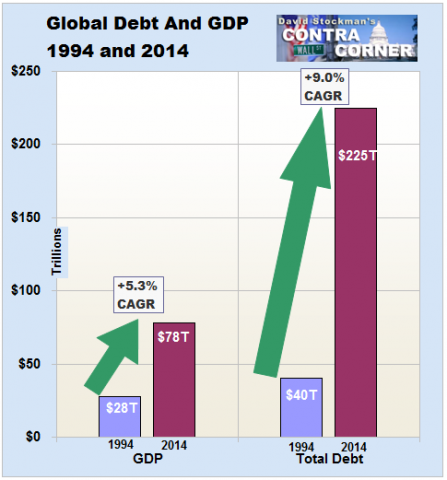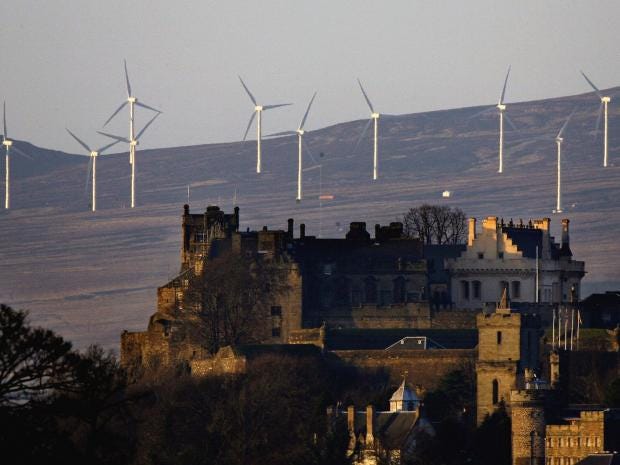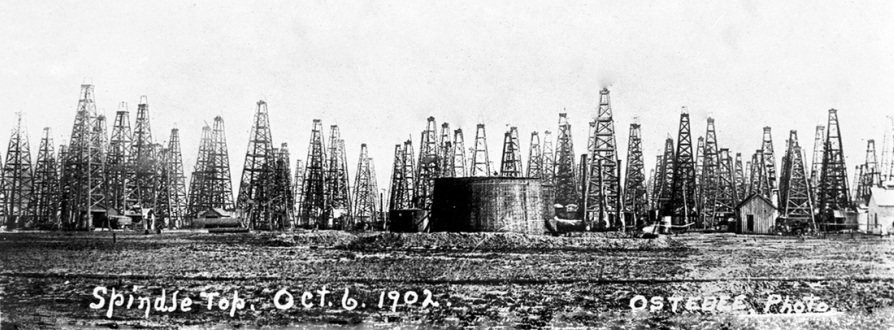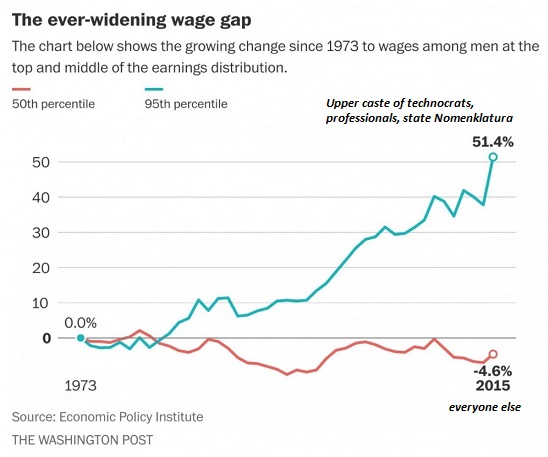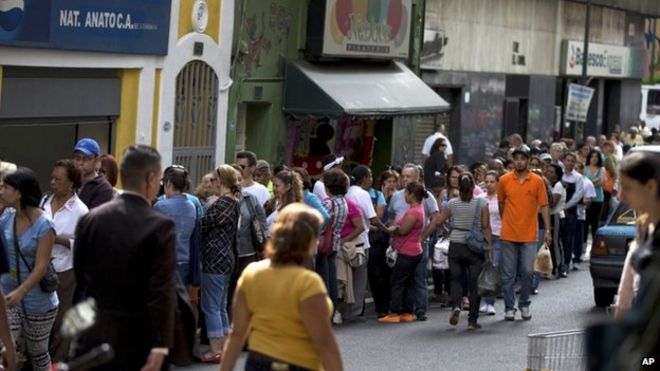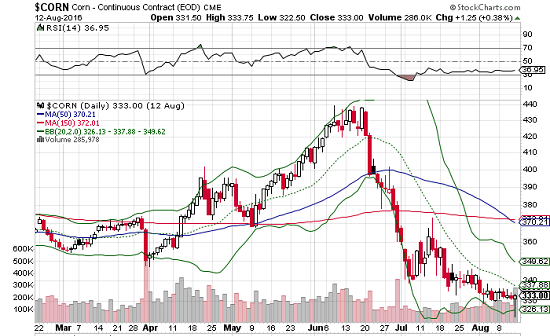FOUR Energy Storage Options That Elon Musk Is Ignoring
 In research there is evolution, revolution and sometimes, what I call “retro revolution,” which happens when old methods have new applications. All three are in play in the world of electricity, and they are having an extraordinary effect on energy storage. The inability to store electricity has been a challenge since the time of Thomas Edison. Electricity is made and used in real time, putting huge pressure on utilities at particular times of the day. For much of the East Coast in summer, for example, the peak is in the evening, when people come home from work or play, crank up the air conditioning, flip on the lights, the TV and start cooking. In many cities, the subways operate at peak and the electricity supply is stretched. Traditionally, there have been two ways to deal with this. One is that utilities have some plant on standby, […]
In research there is evolution, revolution and sometimes, what I call “retro revolution,” which happens when old methods have new applications. All three are in play in the world of electricity, and they are having an extraordinary effect on energy storage. The inability to store electricity has been a challenge since the time of Thomas Edison. Electricity is made and used in real time, putting huge pressure on utilities at particular times of the day. For much of the East Coast in summer, for example, the peak is in the evening, when people come home from work or play, crank up the air conditioning, flip on the lights, the TV and start cooking. In many cities, the subways operate at peak and the electricity supply is stretched. Traditionally, there have been two ways to deal with this. One is that utilities have some plant on standby, […]
"The government is borrowing record amounts to consume, not invest - a ticking fiscal time bomb," the investment firm's chief Asia-Pacific macro strategist Annette Beacher said on Tuesday.
The country, grappling with lower oil prices, raised 98 billion riyals ($26 billion) from bond sales to domestic institutions last year, with that figure probably set to rise to about 120 billion riyals in 2016, according to Saudi Fransi Capital.
“It’s unthinkable that nothing would happen in September,” said Daiju Aoki, an economist at UBS Group AG in Tokyo. “The most likely measure would be pseudo-helicopter money where the BOJ will commit to holding Japanese government bonds for a long time.”
Switzerland's central bank now owns more publicly-traded shares in Facebook than Mark Zuckerberg, part of a mushrooming stock portfolio that is likely to grow yet further.

In research there is evolution, revolution and sometimes, what I call “retro revolution,” which happens when old methods have new applications. All three are in play in the world of electricity, and they are having an extraordinary effect on energy storage. The inability to store electricity has been a challenge since the time of Thomas Edison. Electricity is made and used in real time, putting huge pressure on utilities at particular times of the day. For much of the East Coast in summer, for example, the peak is in the evening, when people come home from work or play, crank up the air conditioning, flip on the lights, the TV and start cooking. In many cities, the subways operate at peak and the electricity supply is stretched. Traditionally, there have been two ways to deal with this. One is that utilities have some plant on standby, […]
Lenders seek to improve future profitability despite country’s economic slowdown

Chinese Banks Step Up Bad-Loan Write-Offs
The International Monetary Fund estimates China’s
nonperforming-loan ratio at 15%, compared with the official
1.75% figure reported by the government, because of
differences in the way bad loans are recognized.

All four big Chinese banks report rising bad loans

China's three other giant state-owned banks have reported similar results in recent days, with all of their bad loan ratios creeping upwards as Beijing seeks to boost the world's second-largest economy with an infusion of cheap credit.










